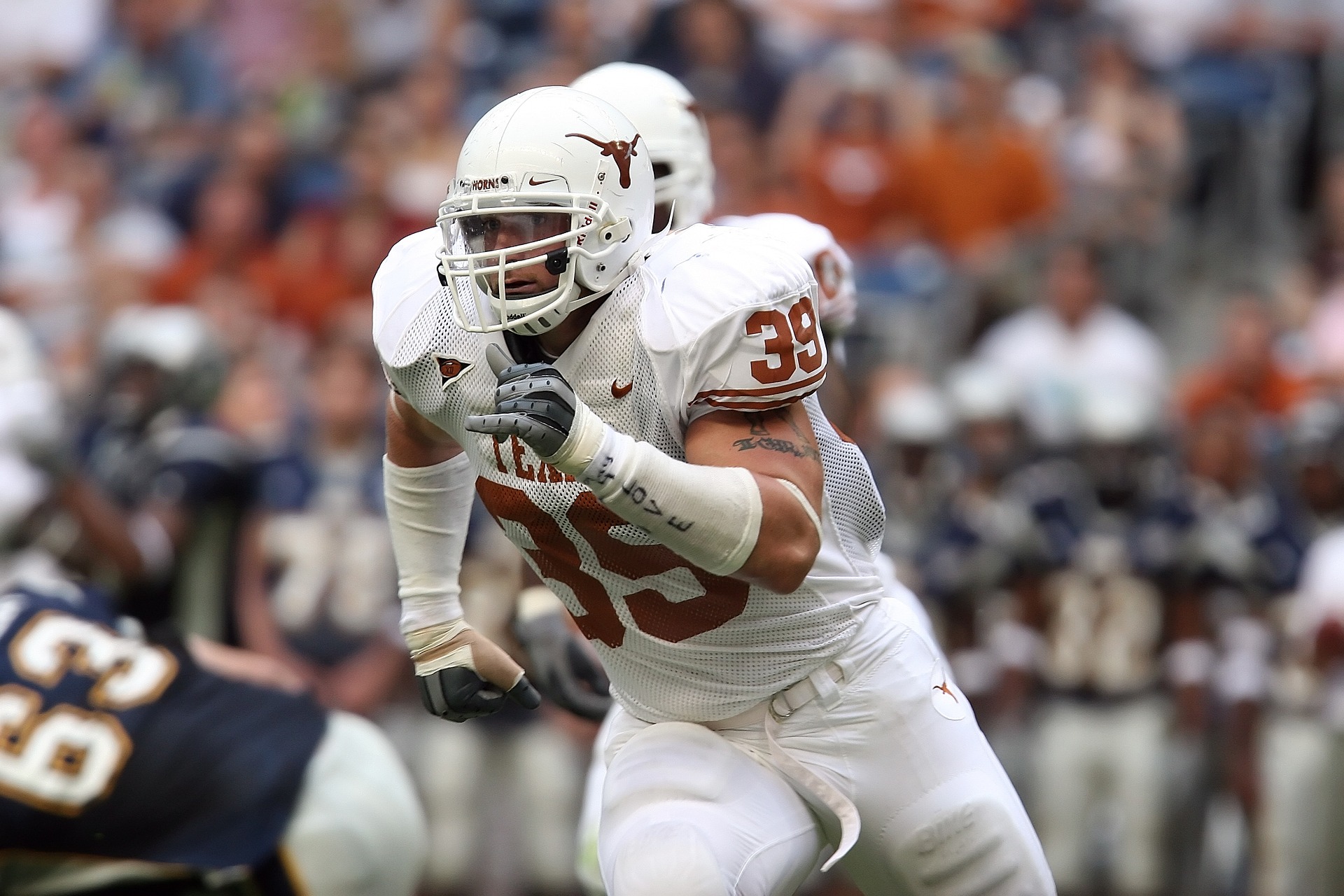Refining the NCAA – an Analysis

(Editor’s Note: What follows is an excerpt of an article written by Ellen J. Staurowsky, Ed.D., Senior Writer of Hackney Publications and Professor, Sports Media, Roy H. Park School of Communications, Ithaca College, staurows@ithaca.edu , for subscription-based Sports Litigation Alert.)
On Monday, November 15, 2021, the National Collegiate Athletic Association (NCAA) hosted a special convention to discuss proposed changes to the first six articles in the NCAA’s manual that constitute its constitution. Following the U.S. Supreme Court’s resounding rejection of the NCAA’s principle of amateurism as a defense for business practices that would not be tolerated in any other industry in the United States in NCAA v. Alston and the enactment of state laws opening up avenues for college athletes to be able to profit from their names, images, and likenesses in the summer of 2021, the NCAA Board of Governors (BOG) announced that the time had come for a major restructuring of the organization. As former U.S. Secretary of Defense Robert Gates, an independent member of the BOG noted, “”Until we can better align the mission of the Association with its authority, the NCAA will not be able to play the role it should play in governing college sports. We cannot go on as we are” (Durham, 2021).
The NCAA’s Process Pre-Special Convention
The NCAA’s process for preparing the membership to have a discussion about a change in its governance structure began with the appointment of a 28-member Constitution Committee.[1] Proceeding on a tight timeline, the committee distributed two surveys to stakeholders ( one to college presidents, conference commissioners, athletic director, coach association executives, faculty athletics representatives, athletics health care administrators and a second to athlete leaders) to be completed during a 10-day span between August 23 and September 1, 2021. As per the Executive Summary of Findings issued by the Committee, the surveys were designed to gauge sentiment among stakeholders regarding what were referred to as “constitutional” elements that should be carried forward into the future and ideas for modernization and improvement. The Committee was charged with focusing on Articles 1-6 of the NCAA’s Constitution with an expectation that the remainder of the work on reshaping the rest of the operating bylaws (Articles 10-21) and administrative bylaws (Article 31) would be addressed by the membership, although the process for doing so was unspecified.
Based on the results, the NCAA reported that a substantial majority (over three-quarters) of respondents across the membership expressed strong or very strong agreement that six principles were “central to the future of the NCAA” including:
- Conducting national championships;
- Primacy of the academic experience in policy- and decision-making;
- Sport-specific rules for competition and participation;
- Standards for allocating national revenue;
- Standards for college athlete eligibility.; and,
- Standards for college athlete health and safety (NCAA Research Staff, 2021).
Further, results from the surveys as reported indicated that college sport leaders across all sectors (divisional affiliations) and roles (executives through athlete leaders) supported at least minimum standard requirements at the national level for health and safety, inclusion and equity, and sport-specific playing rules. The juxtaposition of those sentiments in light of the Association’s position that it does not have a legal duty to protect the safety of college athletes (Sheeley v. NCAA, 2013) nor has a legal duty to ensure the integrity of the education provided to athletes seems to leave the door open for continuing questions about what the NCAA actually does. This perception is likely not to go away given the statement on page 5 of the draft Constitution distributed to the membership by Constitution Committee chair, Robert M. Gates, on November 5, 2021. As delineated under proposed Article 2A.2.g, Organization, The Association shall defer to other regulating bodies the investigation of and sanctions against school and school representatives’ conduct that violates other regulating body or legal standards (e.g., Title IX violations that may also violate NCAA gender equity principles or academic accreditation standards that may violate NCAA academic principles). After final determination by a regulating body or court of school and school representative misconduct, the NCAA Board of Governors or division Board of Directors or Presidents Council may issue a public censure or take disciplinary action.
[1] In the NCAA Conference Committee Charge, the committee was to have been comprised of 28 members (NCAA Staff, 2021). In July of 2021, the number of members on the committee was to have been 22 (Durham, 2021). In the announcement of the committee roster on August 10, 2021, the committee had 23 members (Osburn, 2021).
The rest of the article can be read at sportslitigationalert.com
